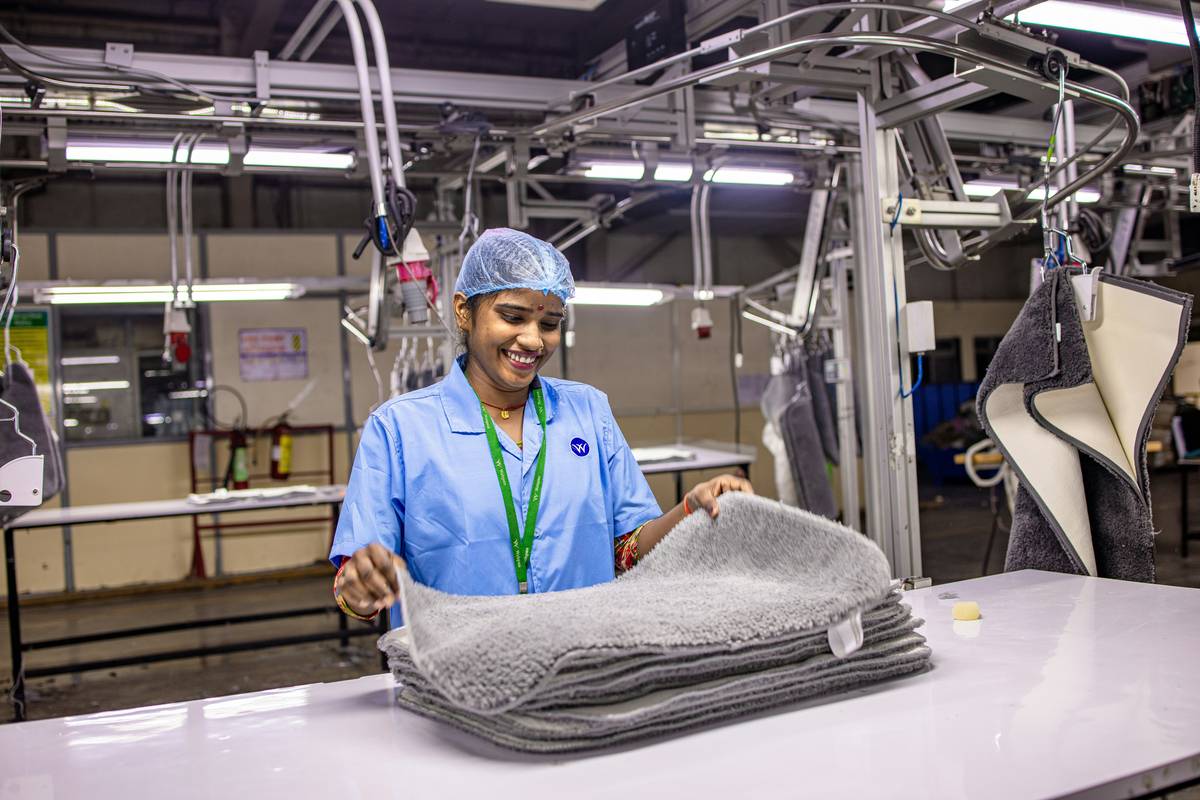“Have you ever thought about how much furniture you’ve thrown out in your lifetime? Spoiler alert: It’s probably enough to fill a small landfill.”
The smart home revolution has brought us devices that can dim lights, lock doors, and brew coffee at the press of a button. But here’s the thing: when it comes to sustainable production, our furniture is often left in the dark ages. Enter smart furniture—a game-changing blend of technology, convenience, and eco-consciousness. Today, we’ll explore why sustainable production matters in smart furniture, actionable steps to embrace eco-friendly trends, and tips to make smarter choices for your home.
Table of Contents
- Why Smart Furniture Needs Sustainable Production
- Step-by-Step Guide to Choosing Eco-Friendly Smart Furniture
- Best Practices for Sustainable Shopping
- Case Study: A Look at IKEA’s Smart AND Sustainable Designs
- FAQs About Sustainable Production in Smart Furniture
Key Takeaways
- Sustainable production minimizes environmental harm while enhancing functionality.
- Look for materials like recycled wood, bioplastics, and non-toxic finishes.
- Investing in durable, modular pieces reduces waste over time.
- Brands are increasingly prioritizing sustainability alongside innovation—support them!
- Even tiny changes (like buying one sustainably made chair) make an impact.
Why Smart Furniture Needs Sustainable Production

Here’s a stat to chew on: according to the EPA, Americans throw away over 9 million tons of furniture annually. That’s not even counting the carbon emissions from producing those items in the first place. Yikes. Add that to the growing demand for tech-integrated pieces—from desks with built-in charging stations to couches embedded with wireless speakers—and you have a recipe for both innovation and potential disaster.
I’ll confess something cringe-worthy: I once spent $500 on a “high-tech” recliner that broke within six months. Not only did I feel robbed, but I later discovered its components weren’t recyclable. *Facepalm.* Turns out, many so-called “smart” products prioritize short-term features over long-term sustainability. That misstep inspired me to dig deeper into smart furniture brands pushing boundaries with responsible design.
So why does this matter? Because sustainable production ensures that we don’t compromise our planet for convenience. It means using renewable resources, limiting energy consumption, and designing products meant to last—not end up in landfills or oceans.
How to Choose Eco-Friendly Smart Furniture Without Losing Your Mind
Optimist You: “I’m ready to upgrade my home sustainably!”
Grumpy You: “But where do I even start?”
Luckily, here’s a step-by-step guide to keep things simple:
Step 1: Evaluate Materials
- Look for certifications like FSC (Forest Stewardship Council), which guarantees responsibly sourced wood.
- Prioritize bioplastics and recycled metals—they’re just as sturdy as traditional options.
- Bonus points if the brand uses natural dyes or water-based finishes instead of toxic chemicals.
Step 2: Check Longevity
Ask yourself: Can this piece adapt to different needs? Modular designs let you rearrange components as your space evolves. Picture a desk that transforms into a standing workstation or shelving units that expand horizontally.
Step 3: Research Brands
Some companies go above and beyond in merging sustainable production with cutting-edge tech. For instance, Ori Living creates robotic furniture systems powered by renewable energy sources. Their stuff is chef’s kiss for eco-conscious minimalists.
Step 4: Read Reviews
Google reviews and TikTok haul videos are treasure troves of info. If a product claims to be eco-friendly but falls apart after two months, people will call it out louder than a dial-up modem on slow Wi-Fi.
Tips for Mastering Sustainable Shopping
Let’s break down the best practices for making mindful purchases:
- Buy Less, Buy Better. Skip impulse buys and focus on quality investments that won’t need replacing every year.
- Upcycle When Possible. Transform old furniture with new tech upgrades (e.g., add smart plugs or LED strips).
- Avoid Trends Like Wildfire. Sure, holographic tables might sound cool, but will they still work five years from now?
Case Study: IKEA’s Leap Into Smart & Green Design

When most people think of IKEA, they picture affordable flat-pack furniture. But recently, they’ve been leading the charge in combining sustainability with smart tech.
In 2023, they launched their STRÖM series—a line of furniture equipped with solar panels embedded directly into surfaces. These panels power integrated USB ports, wireless chargers, and adjustable lighting. Even better? The entire collection is crafted from sustainably harvested bamboo and recycled plastic bottles.
According to internal reports, this shift reduced their carbon footprint by nearly 20% compared to standard models. Impressive, right?
FAQs About Sustainable Production in Smart Furniture
What exactly defines ‘sustainable production’?
Sustainable production involves minimizing environmental impact through eco-friendly materials, efficient manufacturing processes, and ethical labor standards.
Is smart furniture worth the investment?
Absolutely—if you choose wisely. While upfront costs may seem higher, durable designs save money over time by reducing replacements and repairs.
How can I recycle old furniture?
Many cities offer furniture recycling programs. Otherwise, donate usable items or repurpose materials creatively.
Are there any downsides to sustainable production?
Honestly? Some eco-friendly products carry a hefty price tag due to limited availability or niche markets. However, prices are dropping as demand increases.
Conclusion
To recap, integrating sustainable production into smart furniture doesn’t just benefit the environment—it elevates your living experience too. By choosing durable, adaptable designs and supporting innovative brands, you contribute to a greener future. And who knows? Maybe someday all furniture will come pre-loaded with good vibes and zero guilt.
Remember, progress starts small—like swapping one wasteful item for a sustainable alternative. Now get out there and furnish your space with conscience and charm.
Haiku Time:
Sustainable seat,
Whispers secrets of tomorrow,
Rests light on Earth’s back.


